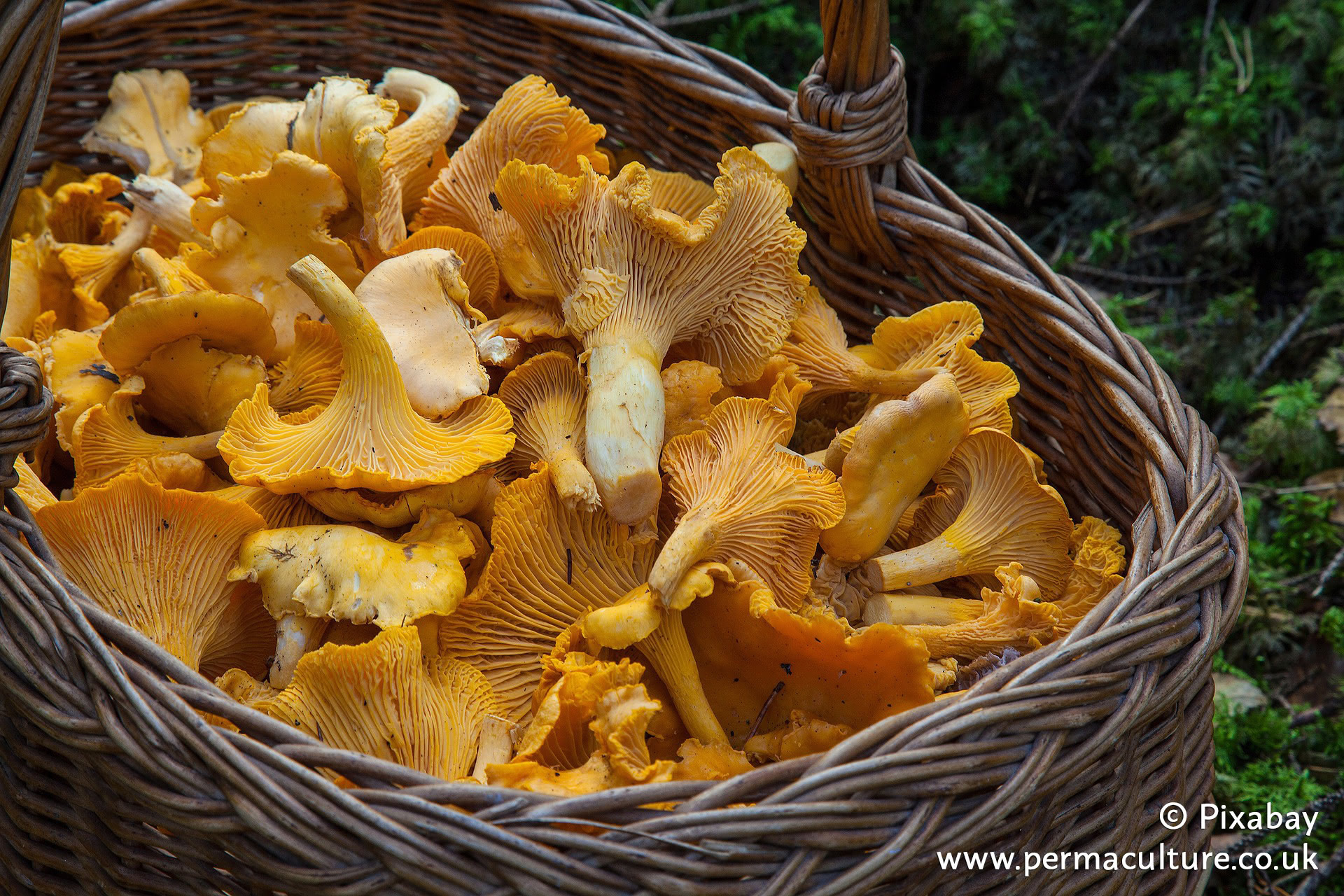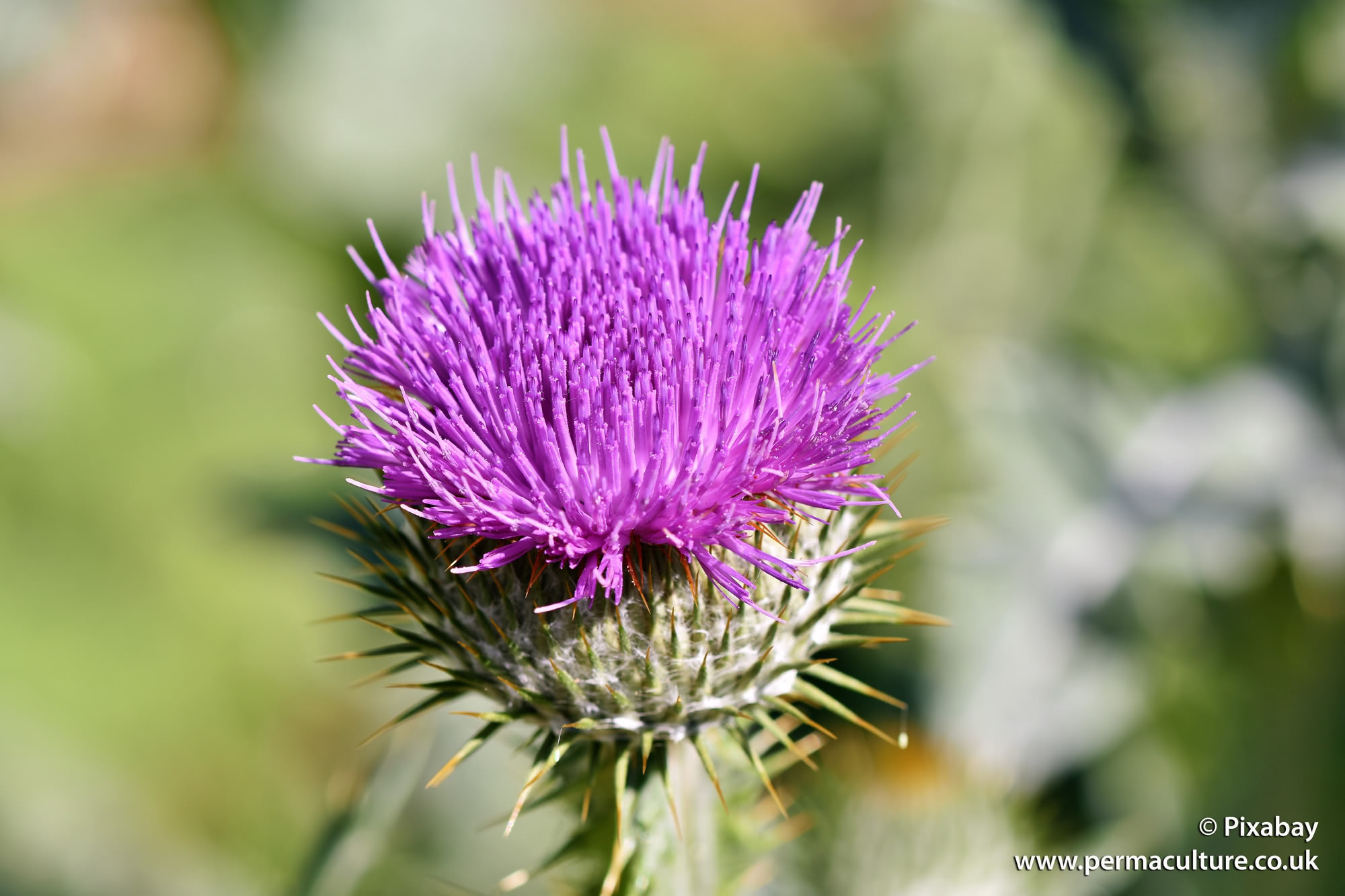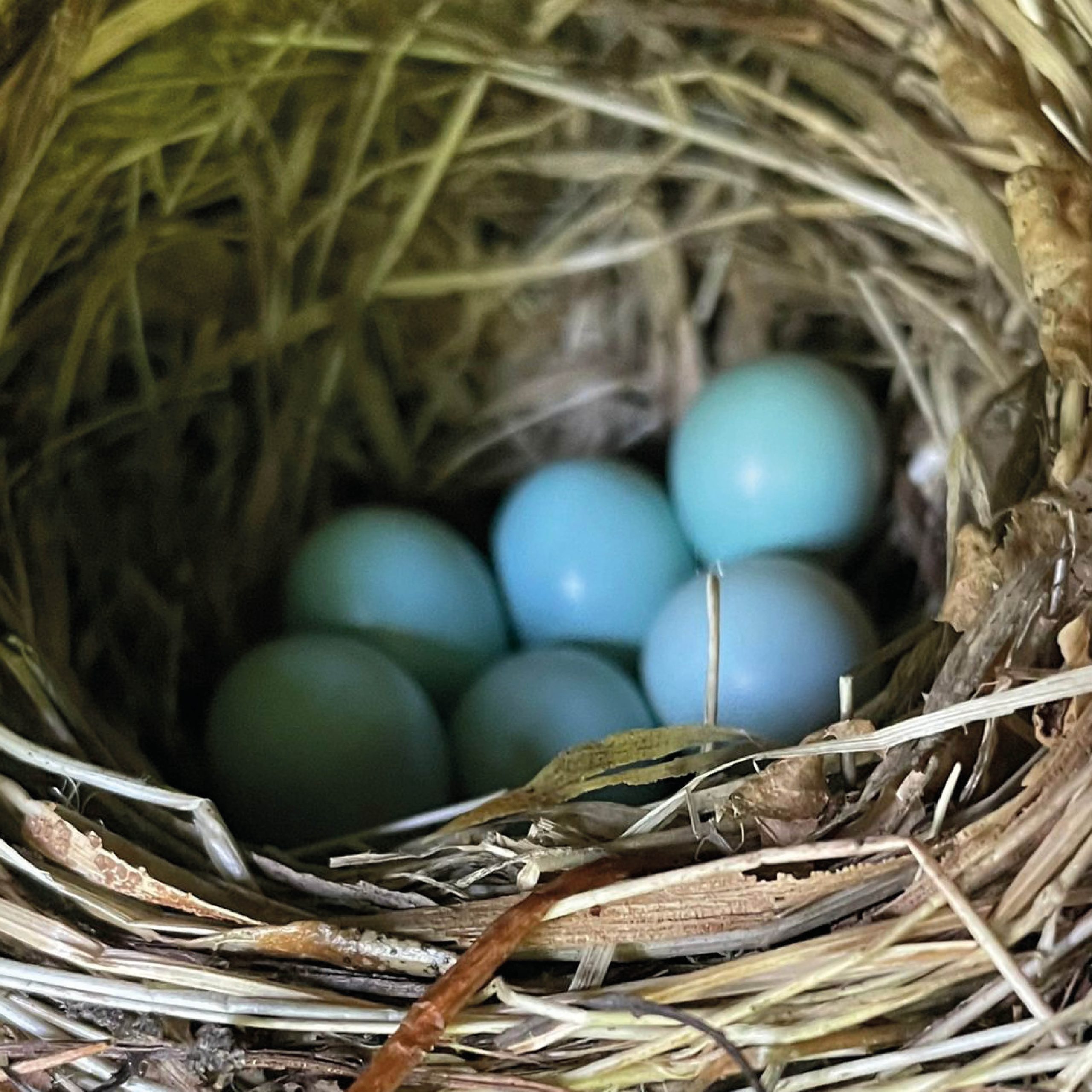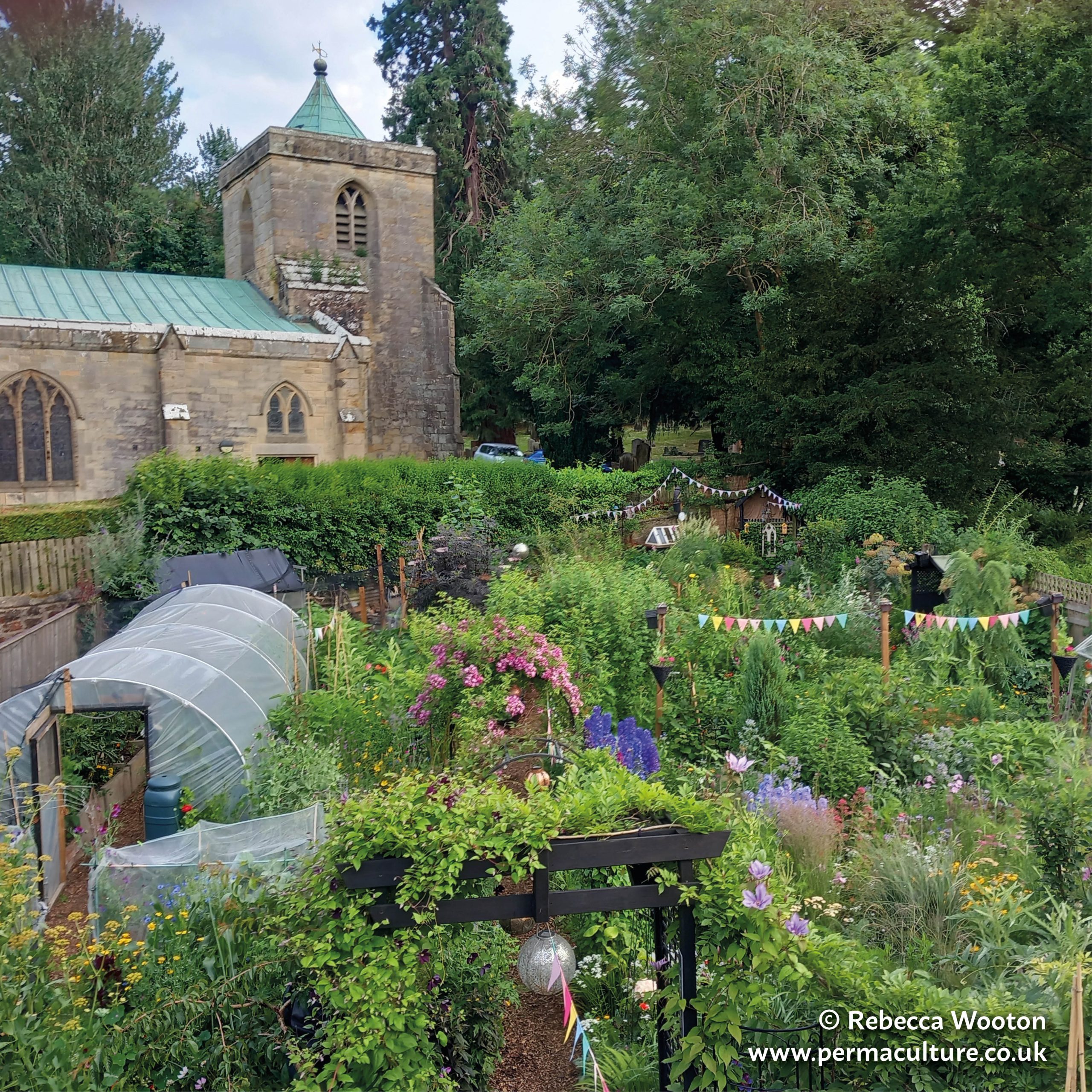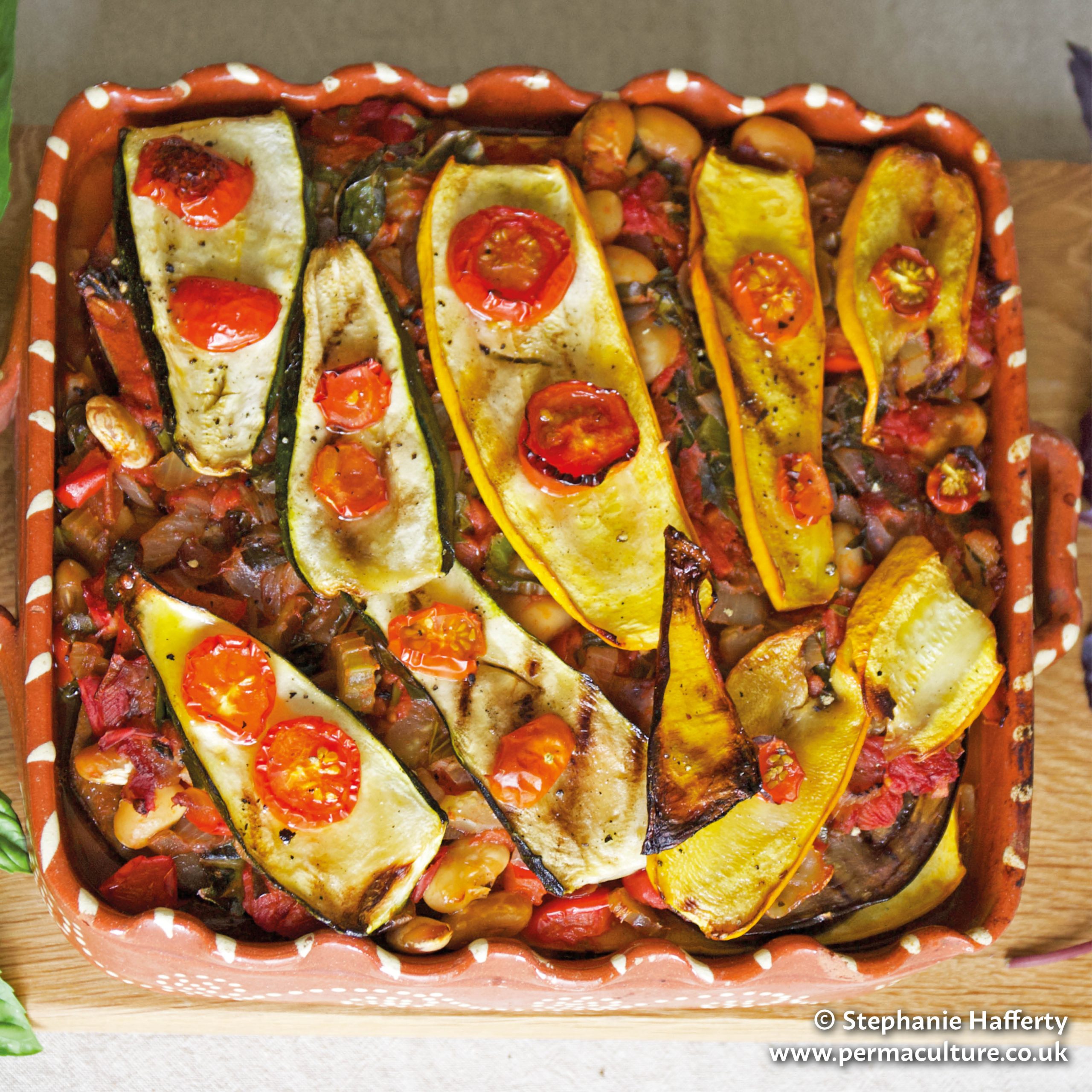If I were to tell you of an apocalypse proof asset that is 100% guaranteed to increase in value, both in the short (3 years) and long term (300 years), will contribute to your good health, provides aesthetic pleasure to your surroundings, has the potential to replicate itself exponentially and has parts that can be dipped into smooth melted dark chocolate, covered in cocoa powder and eaten – surely you’ll be chuffed to learn that I’m referring to none other than Juglans regia – the walnut tree.
At the moment I’m struggling to think of a better thing to do than to plant a walnut tree, other than to plant more than one walnut tree. So here I present the ‘Essential Guide to Everything you Need to Know about Walnuts’.
Juglans regia is known by several common names including Persian walnut, common walnut, English walnut, Carpathian walnut and Madeira nut. The natural range of this plant is from the Carpathian mountains through the middle east and into the Himalayas.
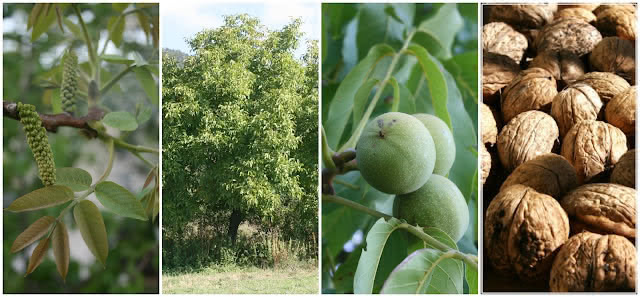
Hardiness
Walnuts from the middle east and the Persian strains, are hardy to zone 5 (-23oC) while the Carpathian strains can withstand temperatures as low as -32oC (zone 4). You can’t grow these plants in the lower latitude areas without at least 500-1,500 hrs per year of temperatures below 7oC. At high latitude climate the young shoots and flowers are susceptible to frost damage in the spring, and early frosts in the autumn can cause damage to new shoots.
Description
Walnuts are fast growing trees that develop broad canopies reaching 18m width and 30m in height. It is a light-demanding species, requiring full sun to grow well.
The buds awaken from winter dormancy in mid April – late May (depending on cultivar) and leaf fall occurs in early November. The large compound leaves give off a lemon / lime scent particularly when crushed. The flowers open before or around the same time as the leaves and you can find both male and female flowers on the plant (monoecious). The male flowers are slender catkins and the female flowers are smaller, often found on the tips of the branches. Pollination is carried out by the wind.
Walnuts have both male and female flower parts on the same tree. The pollen is shed from the male flowers and should settle on the females flowers. The pollen is physically very small and light and can travel quite some distance. Studies have shown in certain orchards that wind blown pollen came from trees over a mile away.
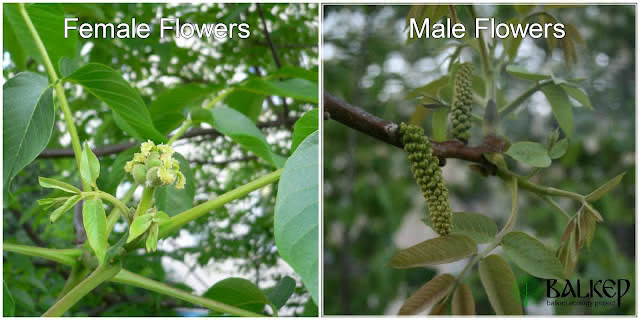
If the pollen from the male flower settles on the female flower when they are receptive, fertilisation is likely to occur and the female flower will develop into nuts.
The time of pollen shedding from the male flowers does not always overlap well with the time of female flower receptivity to pollen. This condition is referred to as dichogamy. To overcome this problem growers can select another walnut cultivar (a pollinator), the male flowers of which open at the same time as the female flowers from the main cultivar. The pollinator should be situated upwind from the main crop. If you have other walnuts upwind from your site you should not have problems with this.
Nearly all commercial orchards are co-planted with a pollinator variety to ensure the main crop gets enough pollen to set nuts. The recommendations for optimal pollination in an orchard environment is to plant one row of pollinators for every eight main crop rows and to plant the row of pollinators upwind.
Lateral bearers
Lateral bearing cultivars bear fruits on lateral buds of shoots and are generally of higher productivity than terminal and intermediate bearers due to the larger number of fruit buds on these plants.
Terminal/tip bearers
Terminal bearing cultivars bear fruits on the tips of the shoots.

Walnut trees commonly reproduce in the wild and are very easy to grow from seed. A tree grown from seed will start to produce fruit in 8-12 years; it’s not certain that it will share the characteristics of the parent trees. Many walnut cultivars have been developed and these start to fruit in the fifth year. Seeing as most cultivars are two years old when you buy them, the trees bear fruit on the third year after planting.
Location – The best locations for walnut trees are sunny, relatively sheltered sites. Frost pockets should be avoided.
Soil – The ideal soil is a deep, fertile, well drained loam with a pH between 6 and 7 (4.3 – 8.3 tolerated), although I’ve seen magnificent specimens growing in heavy clay on the river banks and trees tolerating a wide range of soil conditions.
Inhibitors – Walnuts produce a growth inhibitor – juglone – that has a detrimental effect on some species of plants growing nearby (negative allelopathy). Experimental studies have shown that juglone can inhibit plant respiration, depriving sensitive plants of needed energy and reduce the plants ability to uptake water and nutrients. There are many plants that do not seem to be affected by juglone. Here’s a list we have compiled of plants suspected to be tolerant of juglone based on growers observations.
Walnut pollination – When planting your walnut it’s important to consider a pollination partner if you would like to maximise your yields. (See above).
Fertility – It’s advisable to not add compost to the roots of walnuts when planting out and to add just a little top dressing compost to your newly planted trees. In the second year, adding around 10L of compost to the base of the tree in the spring will meet the plant’s growing nitrogen demands. Too much nitrogen makes the trees more susceptible to walnut blight.
Irrigation – Should not be necessary unless rainfall is below 600mm per year and is uneven in distribution throughout the year. In my climate in southeast Europe, Bulgaria, I give my young trees 20L once every two weeks during the summer months. Never use a sprinkler or hose to water and avoid splashing water onto the leaves as this will promote the development of blight.
Weeding – It’s important to keep the trees free from weeds while they establish, as young trees are intolerant of competition especially from grass. Mulching the trees annually with card and straw will work well but take care to keep the collar free from mulch to prevent it from rotting.
Sunburn – Can occur in excessive summer heat (38oC) and the kernels can shrivel and darken. This is more so of a problem if the tree is under moisture stress.
Cold injury – Young trees are very susceptible to frost damage. Flowers can be destroyed in early frosts so it’s important to select late flowering cultivars if your planting site experiences early frosts.
Insect/pest – Codling moth (Cydia pomonella), navel orangeworm (Amyelois transitella), walnut husk fly (Rhagoletis completa), aphids, scales and mites; nematodes (Pratylenchus vulnus).
Disease – Blight (Xanthomonas campestris); blackline (cherry leafroll virus); root and crown rots (Phytophthora spp., Armillaria mellea); deep bark canker (Erwinia rubrifaciens); crown gall (Agrobacterium tumefaciens).
Timber – The timber is very stable, hardly warps at all and after proper seasoning swells very little. The wood is straight grained, quite durable, slightly coarse (silky) in texture so easily held, strong, of medium density and can withstand considerable shock. It is easy to work and holds metal parts with little wear or risk of splitting. The heartwood is mottled with brown, chocolate, black and light purple colours intermingled. Some of the most attractive wood comes from the root crown area from which fine burr walnut veneers can be obtained.
Nuts – Nuts can be eaten raw, salted or pickled. Nuts must have an oil content of at least 50% to store successfully, nuts with 30-50% oil content have a higher moisture level and tend to shrivel in storage, so must be eaten immediately or preserved.
Oil – Can be pressed from the ripe nuts (sometimes over 50% by weight of kernels). The oil can be used raw, for cooking or as a butter substitute.
Leaves – Leaves can be used to make a wine.
Sap – The sap of the tree is edible, in the same way as that of the sugarmaple.
Medicinal uses – Several parts of the tree have medicinal uses. The leaves and bark have alterative, laxative, astringent and detergent properties, and are used for the treatment of skin diseases; in addition the bark is a purgative.
Leaves should be picked in June or July in fine weather, and dried quickly in a shady, warm, well ventilated place.
The juice of the green husks, boiled with honey, is a good gargle for sore throats.
The oil from nuts can be used for colic and skin diseases.
The husks, shells and peel are sudorific, especially when green.
Other uses
The green husks can be boiled to produce a dark yellow dye; the leaves contain a brown dye used on wool and to stain skin.
The oil has been used for making varnishes, polishing wood, in soaps and as a lamp oil.
The leaves have insect repellent properties; in former times horses were rested underneath walnut trees to relieve them from insect irritation.
‘Walnut uses’ section is an extract from Martin Crawford’s Agroforestry News Volume 1 Number 1 – Persian Walnuts
| Yield per tree | Yield per acre 4050m2 | Yield per Ha 10000m2 | |
| 3-5 year | 5kg | 200kg | 500kg |
| 10-15 years | 50kg | 2 tonnes | 5 tonnes |
| Max production | 75kg | 3 tonnes | 7.5 tonnes |
Below I have profiled some Bulgarian cultivars that we have on offer at our bionursery. These cultivars are not generally well known outside of Bulgaria but are high yielding and resistant to common walnut diseases.
For more disease resistant walnut cultivars see Agroforestry Research Trust.
Cultivar ‘Izvor 10’
Cultivar ‘Sheinovo’
Cultivar ‘Dryanovo’
This article is cross-posted from:
http://balkanecologyproject.blogspot.co.uk/2015/11/the-essential-guide-to-everything-you.html
Paul runs the Balkan Ecology Project in Bulgaria with his wife Sophie Roberts and their two boys Dylan and Archie.
